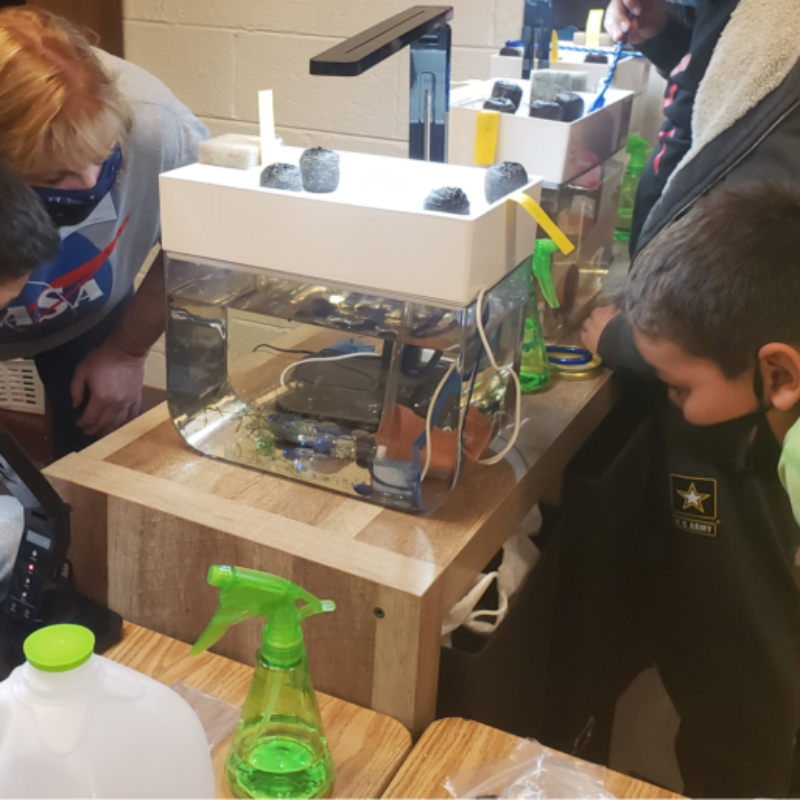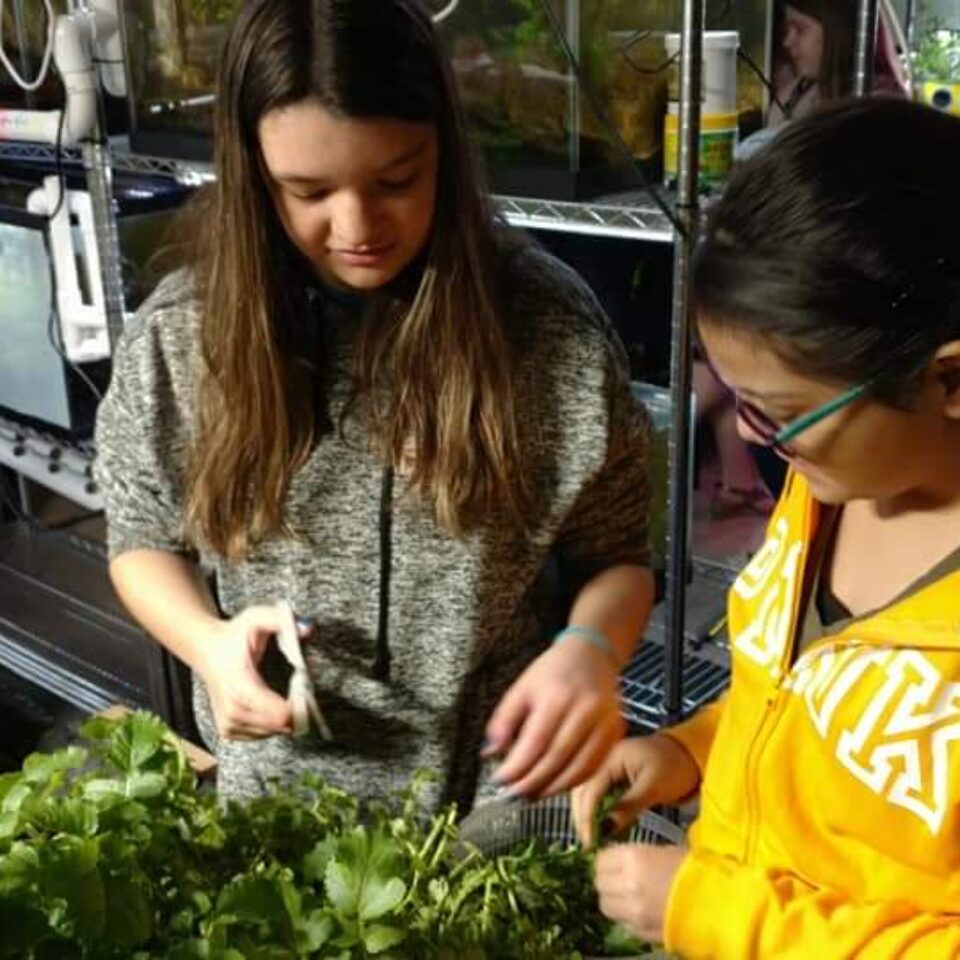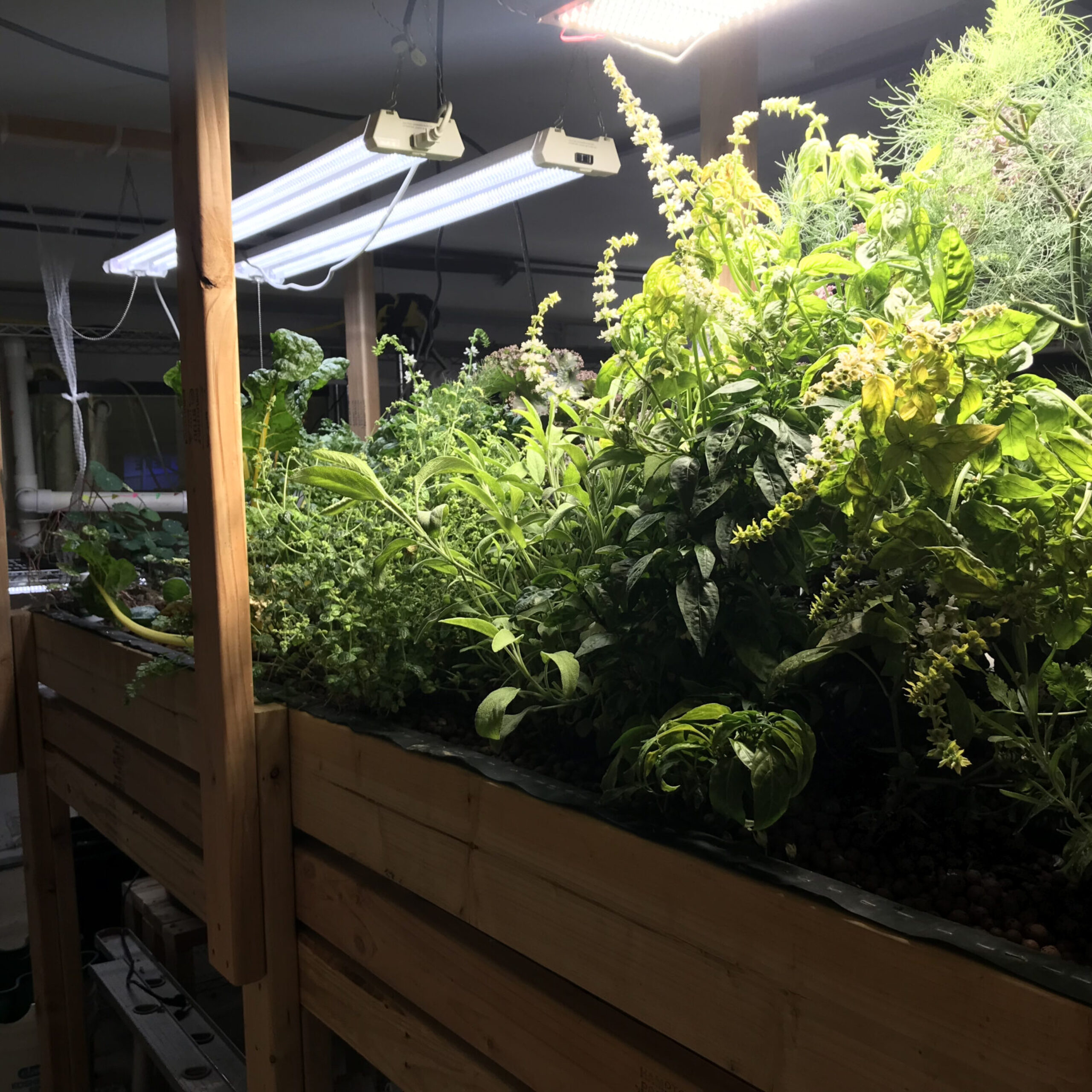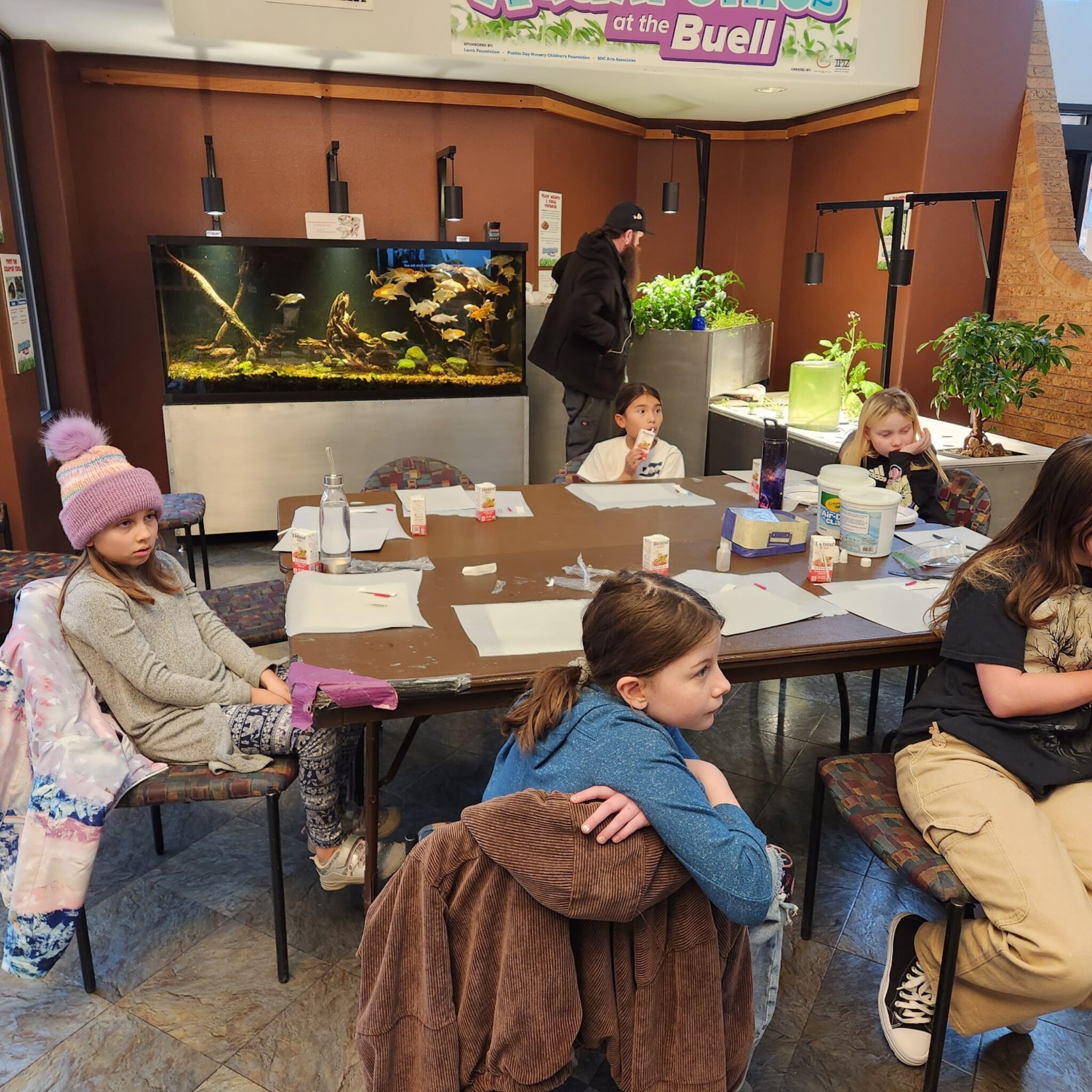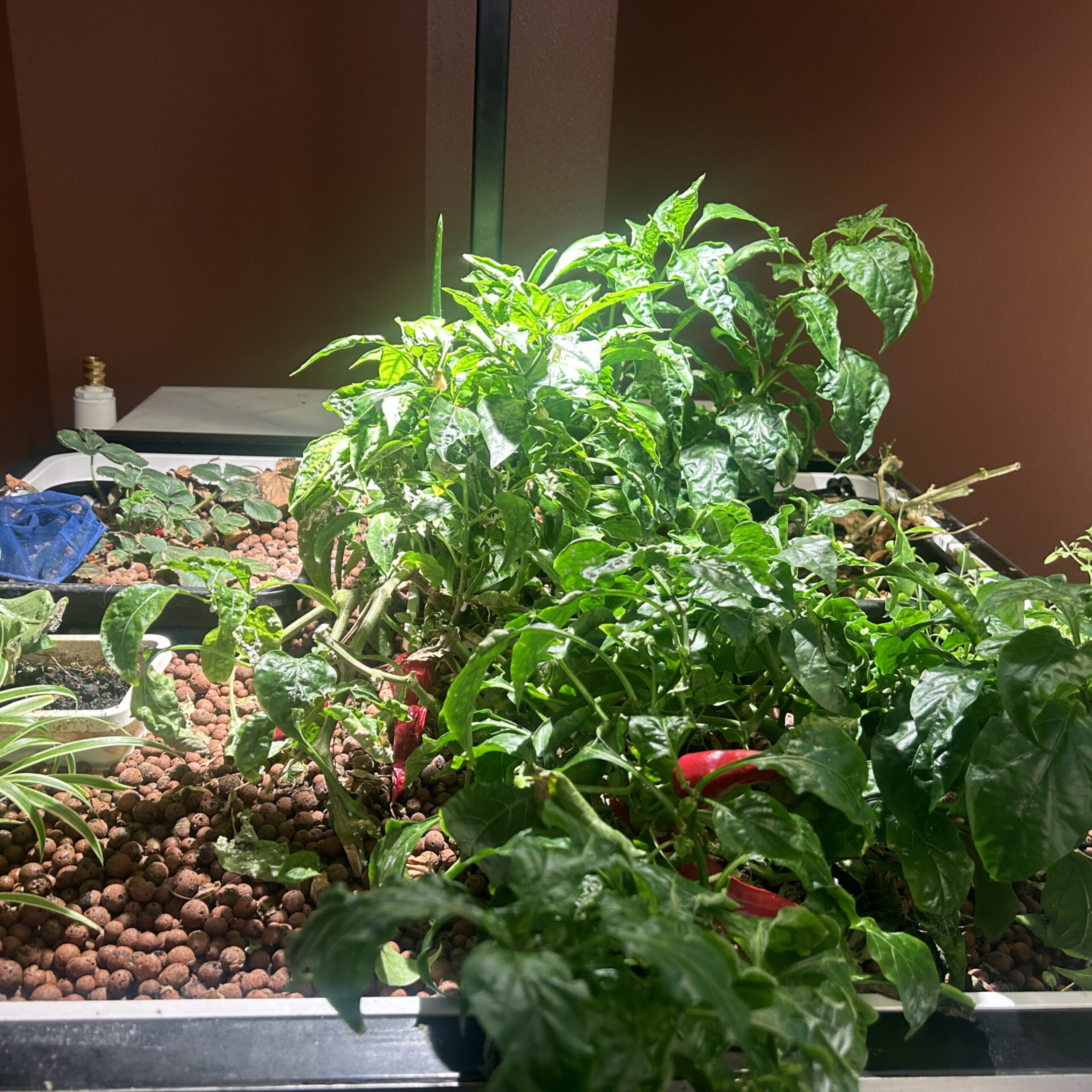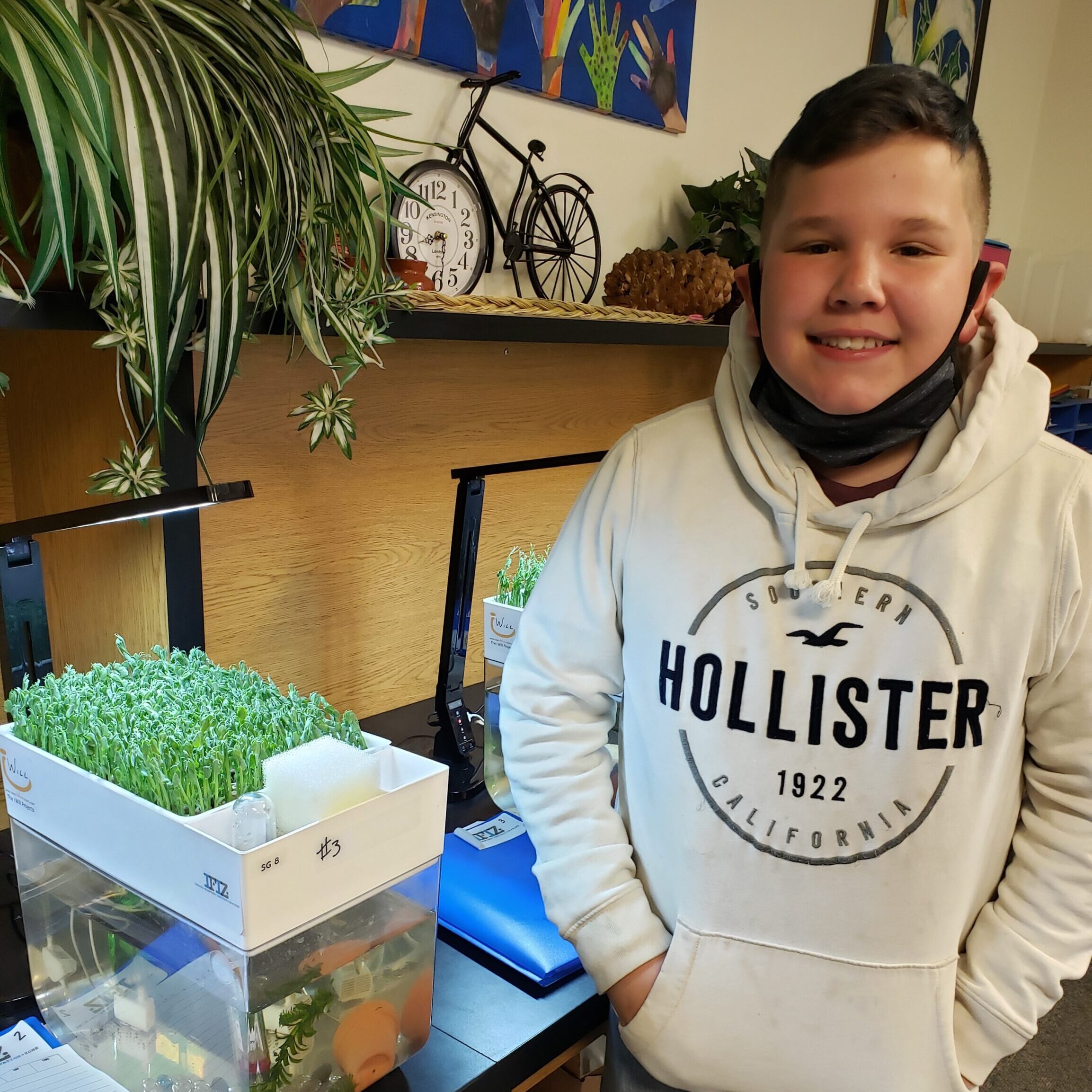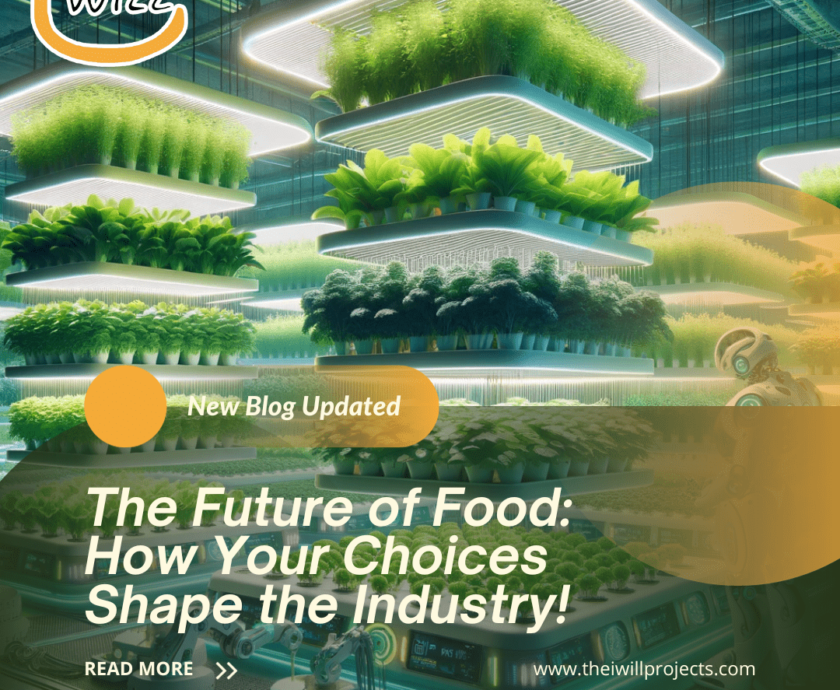“Aquaponics is the sustainable future of food production, allowing us to grow more in less space with fewer resources.” — Sylvia Bernstein, Author of Aquaponic Gardening
TweetTable of contents
Introduction
In a world where space is increasingly becoming a precious commodity, especially in urban settings, vertical aquaponics offers an innovative solution to grow food efficiently.
Have you ever wished you could grow your own fresh vegetables, but you just don’t have enough room for a traditional garden? What if I told you there’s a way to grow more food, in less space, with a system that’s both sustainable and efficient?
Enter vertical aquaponics—a modern approach that combines the power of vertical gardening with aquaponics, the art of growing plants and raising fish together in a self-sustaining ecosystem.
The beauty of vertical aquaponics is that it allows you to maximize your yield, even in small spaces like balconies, backyards, or indoor setups. Imagine growing fresh lettuce, herbs, and even fish in a system that mimics nature. Sounds too good to be true? Let’s explore how vertical aquaponics can revolutionize how you grow food.
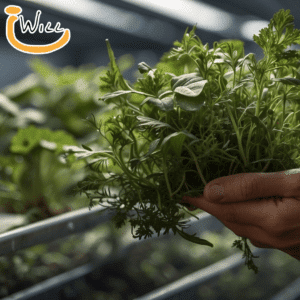
What is Vertical Aquaponics?
Vertical aquaponics is a system that combines two modern gardening techniques: vertical gardening and aquaponics.
In this system, plants grow in vertical towers or stacks, while fish are raised in a water tank. The beauty of this method lies in its symbiosis—plants filter the water for the fish, and the fish provide nutrients for the plants. It’s a closed-loop, eco-friendly approach that requires minimal water and space compared to traditional farming.
Imagine it like a high-rise apartment building for plants. Instead of spreading out horizontally, the plants grow upwards, stacking one above the other. At the same time, fish like tilapia or trout swim peacefully in a tank below, providing the nutrients that the plants need to thrive.
How Does it Work?
In a vertical aquaponics system, water is circulated from the fish tank to the plants.
Fish produce waste, rich in ammonia. In traditional setups, this waste would accumulate and harm the fish. But in aquaponics, bacteria convert the ammonia into nitrates, a perfect fertilizer for plants. The plants, in turn, clean the water, which is cycled back to the fish tank. This continuous loop of water and nutrients creates a highly efficient system where both plants and fish benefit from each other.
Picture this: you feed the fish, the fish “feed” the plants, and the plants clean up after the fish. It’s a perfect circle of life in your own home or garden!
Main Advantages
Why should you consider vertical aquaponics? Let’s break down some of the main advantages:
- Maximizes space: Vertical structures allow you to grow more plants in less space.
- Uses less water: The system recycles water, making it a sustainable choice.
- Produces both plants and fish: You’re not only growing vegetables but also harvesting fresh fish.
- Eco-friendly: By mimicking nature, vertical aquaponics creates minimal waste.
- No soil required: This system doesn’t rely on soil, making it cleaner and less susceptible to pests.
Space-Saving and Efficient Gardening
One of the most significant advantages of this farming method is its ability to grow more food in less space.
Traditional gardens require lots of land, but with vertical aquaponics, you can grow a substantial amount of food on a fraction of that space. It’s perfect for urban dwellers or anyone with limited space.
Think of it like stacking shelves in a pantry—more storage with less footprint.
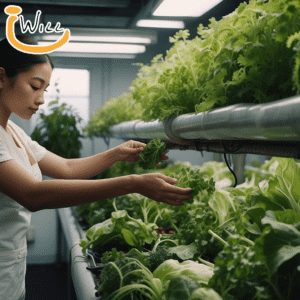
Sustainability: A Greener Way to Grow
Not only does this farming method help you grow more food in less space, but it’s also a highly sustainable way to garden.
Traditional farming methods can be resource-intensive, especially in terms of water and soil depletion. With vertical aquaponics, water usage is reduced significantly, as the same water is recycled throughout the system.
Plus, by avoiding chemical fertilizers and pesticides, you’re cultivating an organic ecosystem.
Key Components
What do you need to set up your vertical aquaponics system? Here are the essential components:
- Fish Tank: This is where your fish live and grow.
- Grow Beds or Vertical Towers: Where your plants will be housed. These are often stacked in tiers to maximize vertical space.
- Water Pump: Circulates water between the fish tank and the grow beds.
- Biofilter: Houses bacteria that convert ammonia from fish waste into nitrates for plants.
- Grow Media: Typically clay pebbles or other media that support plant roots and assist with filtration.
Setting Up Your Own Vertical Aquaponics System
Starting your own vertical system might seem daunting, but with the promise of growing more food in less space, it’s easier than you think. Here’s a step-by-step guide to get you started:
- Choose your space: Identify a location that gets enough light—whether it’s indoors with grow lights or outdoors in natural sunlight.
- Pick a system design: Decide on the type of vertical setup. You can purchase pre-made systems or DIY using materials like PVC pipes or vertical towers.
- Install the components: Set up the fish tank, grow towers, pump, and biofilter. Ensure everything is connected correctly so that water flows efficiently.
- Add fish and plants: Select compatible fish and plants (more on this below). Give the system time to establish before adding too many plants or fish at once.
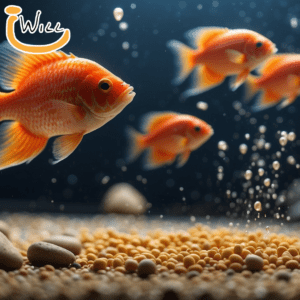
Choosing the Right Fish and Plants
When it comes to fish, popular choices include tilapia, goldfish, and trout. These fish are hardy and adaptable, making them ideal for aquaponics.
As for plants, leafy greens like lettuce, spinach, and herbs like basil and mint grow well in vertical systems. You can even experiment with fruits like strawberries or tomatoes, but these might require more attention.
Maintenance and Care
While vertical aquaponics systems are relatively low-maintenance, they still require some regular upkeep. You’ll need to:
- Feed the fish daily.
- Monitor water pH and temperature.
- Clean filters and check the water pump periodically.
- Prune plants and harvest fish and vegetables as they mature.
Keeping an eye on these key factors will ensure that your system stays healthy and productive.
Challenges
Like any gardening system, vertical aquaponics comes with its own set of challenges. Some of these include:
- Balancing water chemistry: Fish and plants have different needs, so you’ll need to regularly test water levels to ensure optimal conditions.
- System costs: While long-term savings are substantial, the initial setup of a vertical aquaponics system can be costly.
- Learning curve: Understanding the biology of both plants and fish requires time and patience.
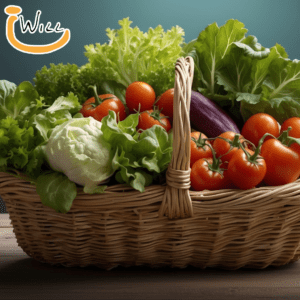
Best Practices for Maximizing Yield
Want to grow more food in less space with your vertical system? Here are some tips:
- Start small: Don’t overload your system with too many plants or fish in the beginning.
- Keep an eye on water levels: Ensure that your water is circulating properly and that the system remains clean.
- Rotate crops: Just like in traditional gardening, rotating crops ensures healthy soil (or in this case, grow media) and balanced nutrients.
Vertical Aquaculture for Urban Living
For city dwellers with limited outdoor space, a vertical system is a game-changer.
Whether you have a small patio, rooftop, or even just a sunny window, you can set up a productive garden that yields fresh food. It’s a sustainable way to bring a bit of nature into your home, without the need for large plots of land.
Scaling Up: Commercial Vertical Aquaponics
While this article focuses on home systems, it’s worth noting that vertical systems are also being used in commercial farming.
Large-scale operations can grow enormous quantities of produce in controlled environments, using far less water and land than traditional farming methods. This innovation is particularly useful in urban areas where farmland is scarce, and food demand is high.
The Future of Aquaponics
As more people look for sustainable and space-efficient ways to grow food, the future of vertical aquaponics looks bright.
Innovations in technology and design are making these systems more accessible and affordable, bringing the dream of fresh, home-grown food within reach for everyone.
Conclusion
As our global population continues to rise, the need for efficient and sustainable food production methods becomes more pressing. Vertical aquaponics offers an innovative solution to this challenge by allowing us to grow more food in less space.
Whether you live in a city apartment or on a rural farm, this method provides a practical way to produce fresh, healthy food, while conserving water and energy.
The future of agriculture is changing, and vertical aquaponics is leading the way. It’s a versatile, eco-friendly system that can be adapted to almost any environment, making it accessible for people all around the world.
From hobbyists looking to grow their own vegetables at home to commercial farmers seeking to revolutionize food production, vertical systems offer a promising path forward.
In the end, it’s all about creating harmony—between plants, fish, and humans.
By working with nature, rather than against it, vertical systems create a more sustainable, efficient, and rewarding way to grow food.
If you’re looking for a way to reduce your environmental impact, save space, and enjoy fresh produce year-round, vertical systems might just be the perfect solution for you.
So why not take the plunge? Start small, learn as you go, and watch your system flourish. With vertical aquaponics, the future of farming is not only vertical—it’s bright, green, and full of life.
FAQs
What kind of fish can be used in a vertical aquaponics system?
You can use a variety of fish in a vertical aquaponics system, depending on your climate and preferences. Common options include tilapia, trout, goldfish, and catfish. Tilapia is a popular choice because it is hardy, grows quickly, and thrives in a wide range of water conditions. However, if you live in colder climates, trout might be a better option, as they prefer cooler water.
How much space do I need for a vertical aquaponics system?
One of the major benefits of vertical aquaponics is that it requires minimal space. You can set up a small system on a balcony, patio, or even indoors using artificial light. The size of your system will depend on the number of plants and fish you want to grow, but even a modest space of a few square feet can support a productive setup.
How long does it take for plants to grow in a vertical aquaponics system?
The growth rate of plants in a vertical system is often faster than traditional soil gardening due to the constant supply of nutrients and water. Leafy greens like lettuce can be harvested in as little as four to six weeks, while other vegetables, like tomatoes or cucumbers, may take longer. The key is maintaining a balanced ecosystem where plants and fish thrive together.
Do I need any special equipment or tools to get started with vertical aquaponics?
Setting up a vertical system does require some basic equipment, such as a fish tank, grow beds or towers, a water pump, and a biofilter to process fish waste into plant nutrients. You can either purchase a pre-made system or build one yourself using materials like PVC pipes or vertical plant towers. Many DIY tutorials are available online to help guide you through the process.
Can I grow fruiting plants like tomatoes or strawberries in a vertical aquaponics system?
Yes, you can grow fruiting plants like tomatoes, strawberries, and even peppers in a vertical aquaponics system. However, these plants typically require more attention than leafy greens. They need adequate support, pruning, and sometimes supplemental nutrients to ensure they produce a good yield. While they are more challenging to grow, the reward of fresh, home-grown tomatoes or strawberries is well worth the effort!
The I Will Projects, a 501c3 Non-Profit, promotes diverse solutions for global challenges. Our IFIZ education programs, emphasizing aquaponics, and insect farming, empower communities through knowledge, collaboration, and sustainable innovation.



